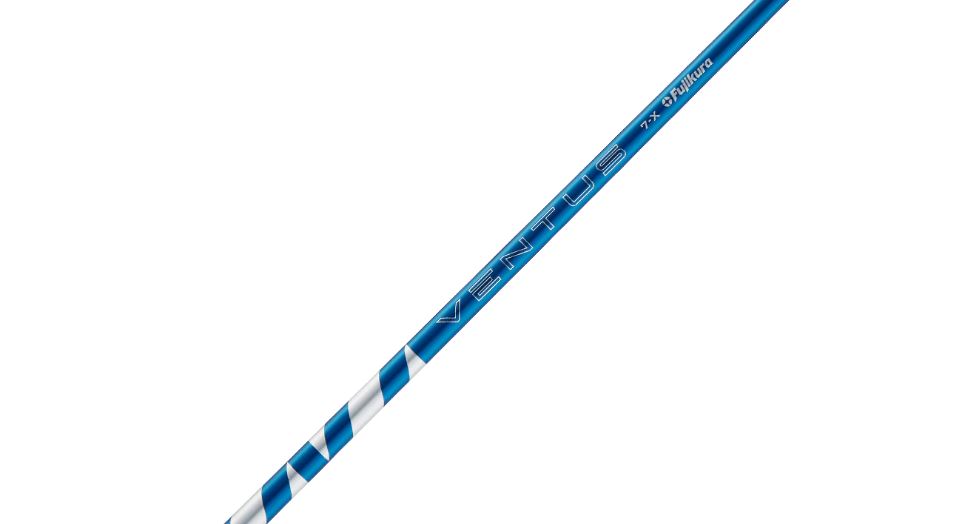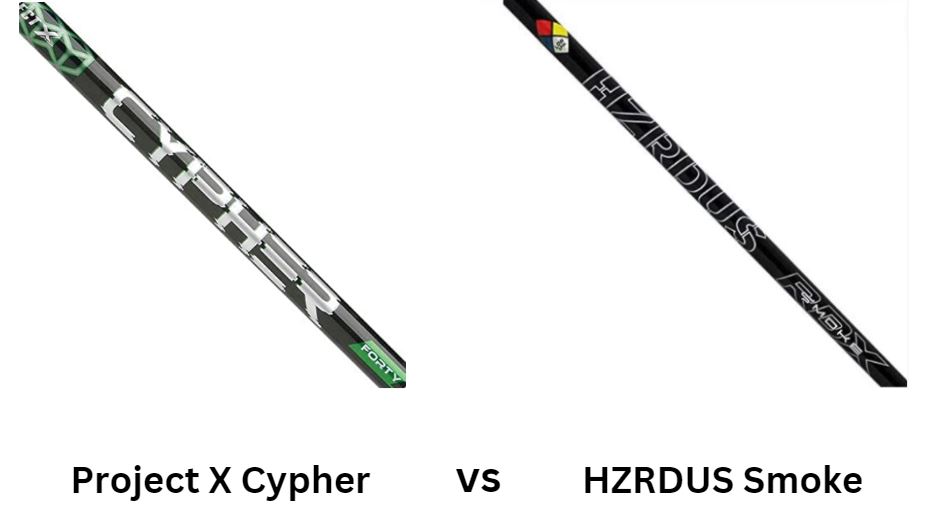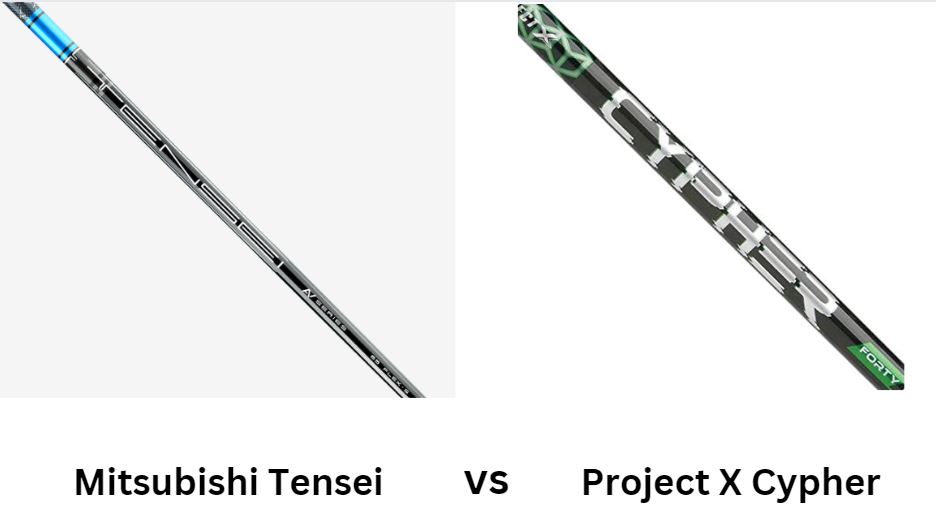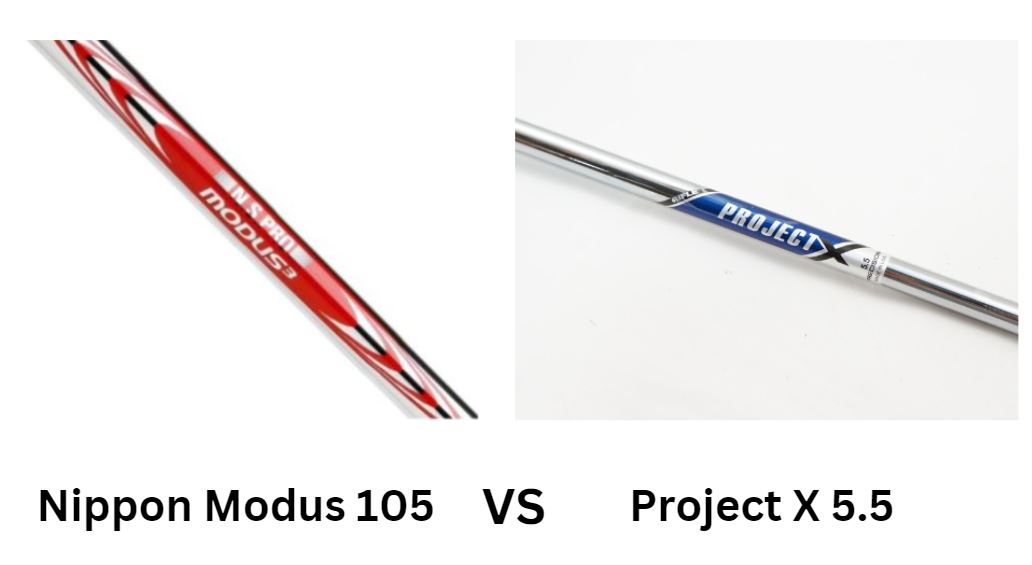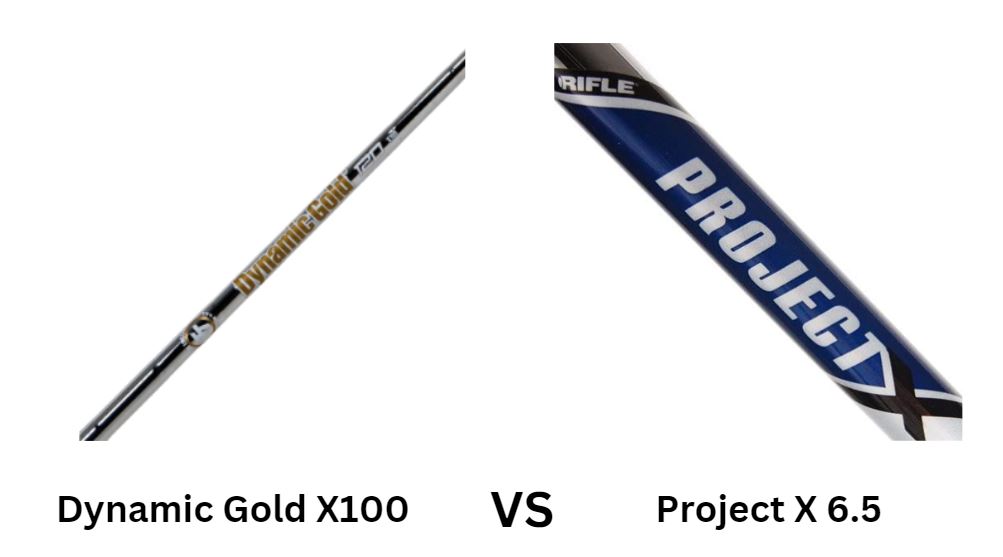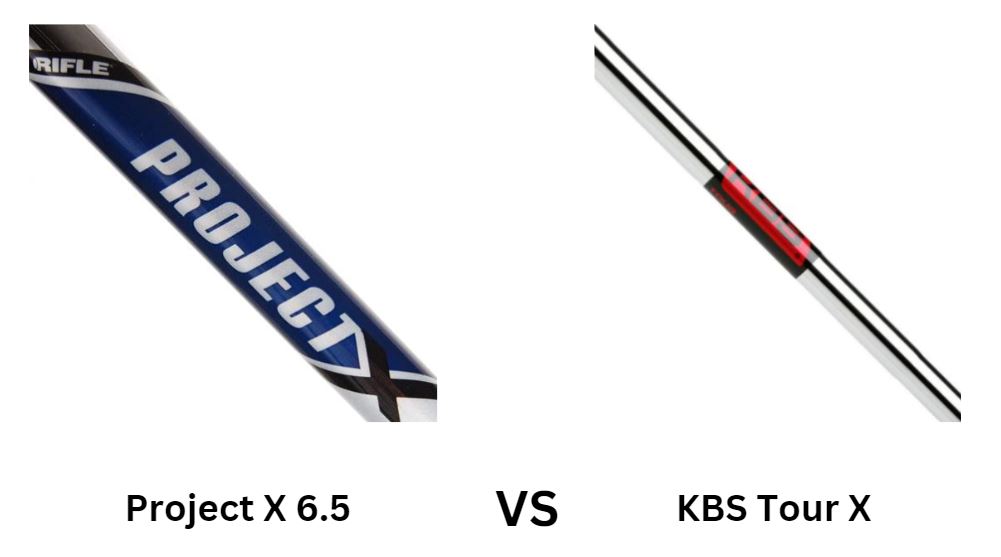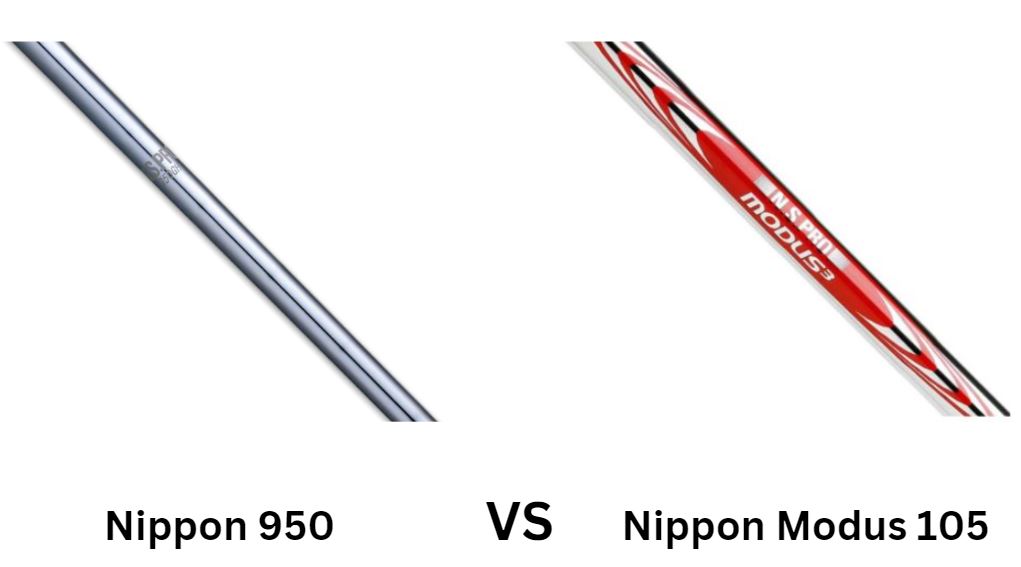Fujikura MCI Iron Shaft Review – Specs, Flex, Weight
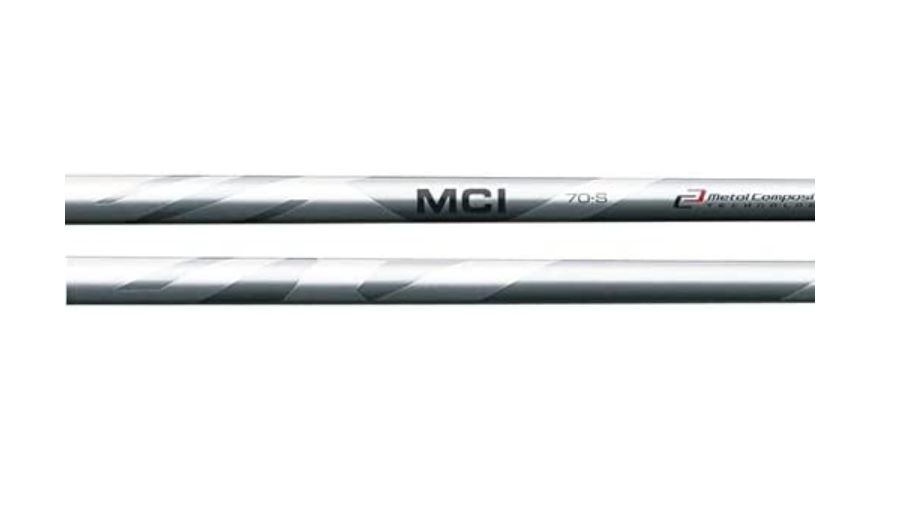
The “MCI” in Fujikura MCI stands for Metal Composite Irons.
This moniker refers to the combination of steel and graphite that was used to build this shaft. This is probably the most unique aspect of this shaft.
Fujikura would have us believe that using both materials gives golfers the best of both worlds. But does the Fujikura MCI really deliver? We tested it to find out.
Fujikura MCI Shaft Overview
Despite the lettering that spans much of the midsection and consists of various fonts, the look of this shaft is elegant.
It has ghostly white streaks running over the silver finish. To be honest, the lettering and logos – again, all in different fonts and font sizes – looks busy.
But the silvery finish that reduces glare saves the aesthetics of this shaft.
It seems that Fujikura really isn’t messing around. When you swing the Fujikura MCI, you can actually feel the steel and graphite materials working in tandem.
When you stand on the shaft, it keeps up with you. It can take a strong load and then on impact, you aren’t punished with a jolt up your arms.
Even on off-center strikes, it’s almost like you can feel the graphite at work, absorbing the shock.
So while the steel is stabilizing the shaft on your downswing, the graphite is giving you a soft, smooth feel.
Or at least, that’s what we think is happening. In truth we really don’t know.
But what we are certain of is that the Fujikura MCI really does offer the accuracy and stability of a steel shaft and the fluidity of a graphite shaft.
Why is the Fujikura MCI So Popular?
After testing the Fujikura MCI for ourselves we can honestly say that it lives up to the marketing hype.
And anyone else who games this shaft will likely tell you the same. In terms of feel, the Fujikura MCI is hard to beat.
We can see both graphite and steel iron shaft enthusiasts coming together in agreement over the Fujikura MCI.
How Does the Fujikura MCI Perform?
If we didn’t know any better, we would have thought the launch monitor readouts we were getting were from steel shaft shots.
The figures for the Fujikura MCI were very similar to that of steel shafts we have tested from KBS and True Temper. During our testing session, our divergence never exceeded 10 yards.
For most of our swings, the off-line yardage hovered between 8 and 9 yards.
After three swings each, we were averaging 168.3 yards – a considerable distance increase for many of us. The kick point is in the middle of the shaft and you can feel it when you really load up.
Otherwise, the kick is very subtle. At all times though, you can feel the stability of this shaft. It doesn’t feel boardy by any means; but you never lose the orientation of the club head.
The arena in which the Fujikura MCI didn’t amaze us was spin. The spin rates we were getting were definitely higher than your typical steel shaft but still lower than the average graphite iron shaft.
In any case, we felt we lost a little bit of yardage due to spin. Of course, that same spin helped us affect draws/fades wonderfully.
Fujikura MCI Shaft Specs
| Specs | Fujikura MCI |
| Available flexes | Regular, stiff, extra stiff |
| Weight | 65g, 67g, 84g, 86g, 104g, 106g |
| Butt | .591”, .595”, .599” |
| Tip | 2.5” (parallel) |
| Length | 35.5” – 40” |
What Flexes Are Available? What Swing Speeds Do They Suit?
Regular flex (65g and 84g) would be good for players in the 75-85 MPH swing speed range.
Stiff is better for 80-95 MPh swingers and extra stiff (106g) would likely be better for 100+ MPH swingers.
What Weights Are Available? What Swing Speeds Do They Suit?
There are three weight classes: MCI 60 (65g and 67g), MCI 80 (84g and 86g) and the MCI 100 (104g and 106g).
The MCI 60 is for players in the 75-85 MPH range. The MCI 80 is for 86-95 MPH swingers and the MCI 100 is for 96+ MPH swingers.
Why is it So Good?
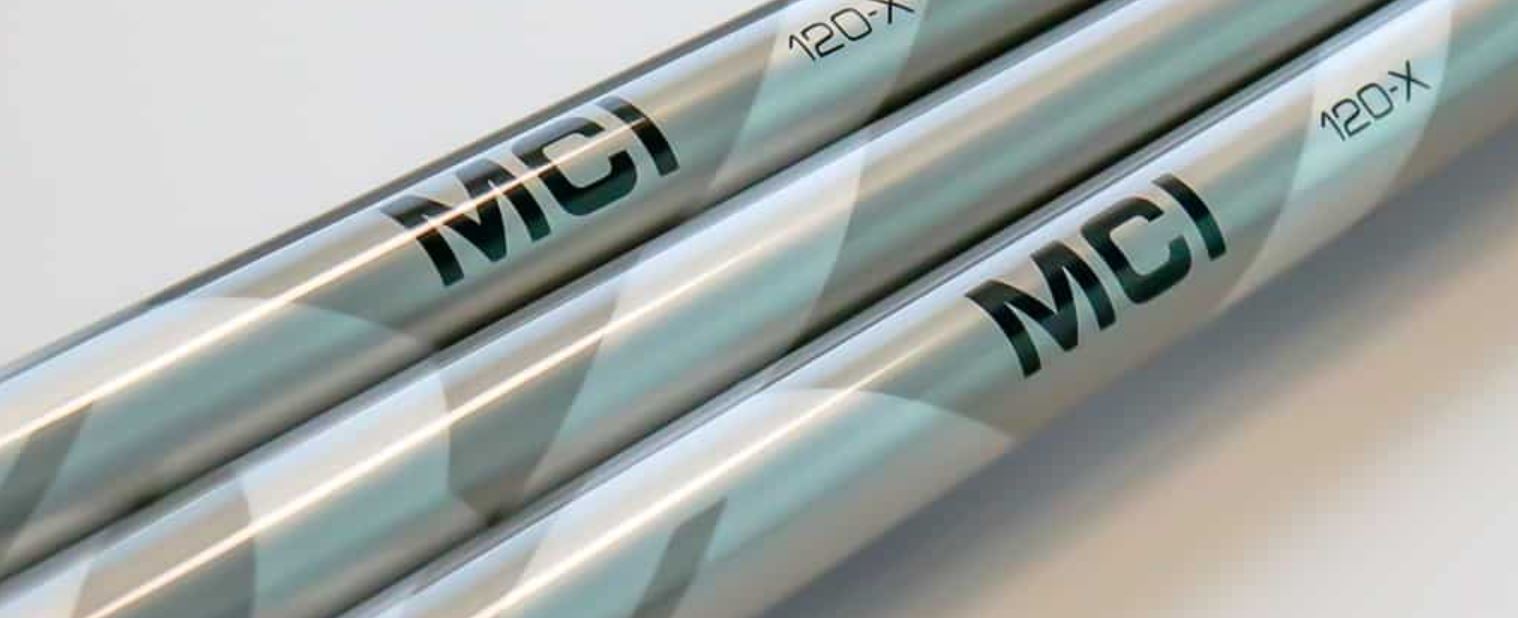
For us, the Fujikura MCI was excellent because it played longer than most of our current iron shafts.
You get the seamless transition of a graphite shaft with the accuracy of a steel shaft. We may simply be echoing Fujikura’s claims but they really are true.



